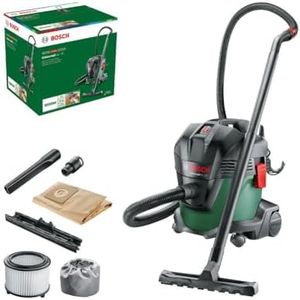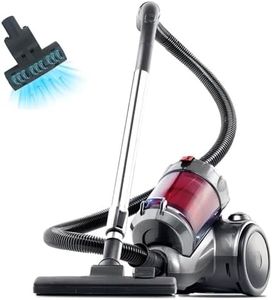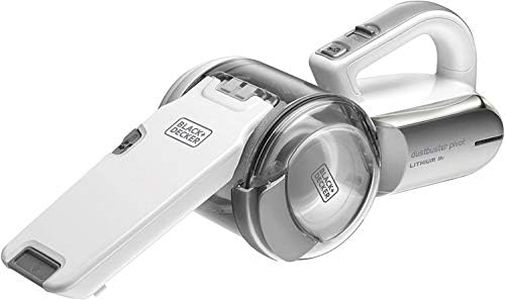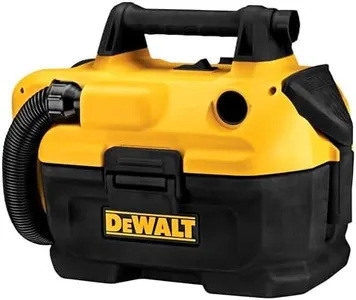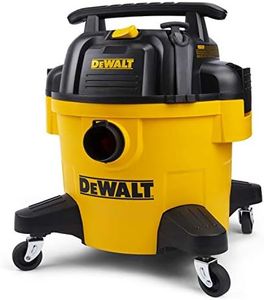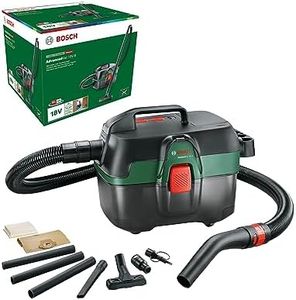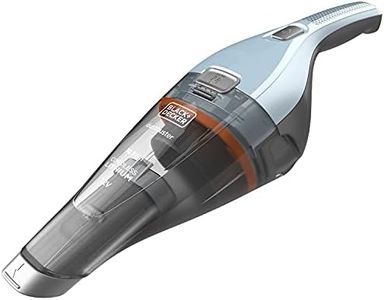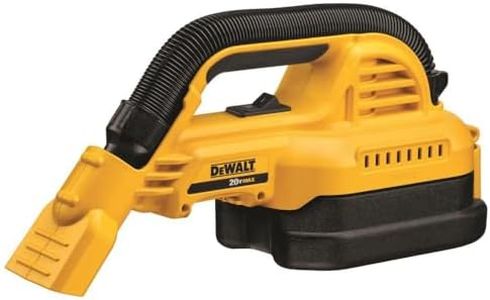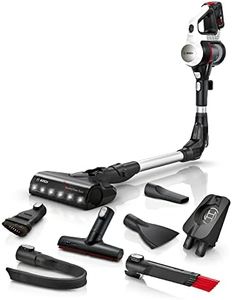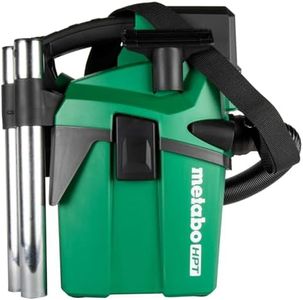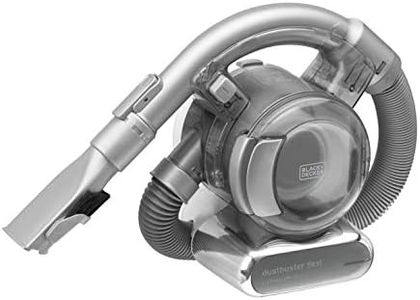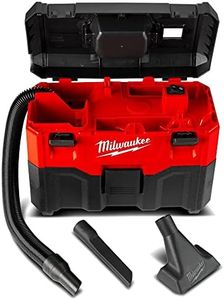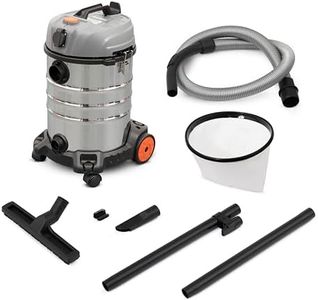We Use CookiesWe use cookies to enhance the security, performance,
functionality and for analytical and promotional activities. By continuing to browse this site you
are agreeing to our privacy policy
10 Best Construction Vacuums
From leading brands and best sellers available on the web.Buying Guide for the Best Construction Vacuums
Choosing the right construction vacuum is important because these devices need to handle tough debris, dust, and possibly hazardous materials found on construction sites. To make a smart choice, you’ll want to pay attention to certain specifications that affect performance, durability, and safety. Focus on your main cleaning tasks—like fine dust, large debris, or liquid messes—and pick a vacuum with the right strengths for your needs. Consider how often you’ll move the vacuum, the types of materials you’ll collect, and any safety requirements for your job site.Suction PowerSuction power measures how strongly a vacuum can pull debris and dust through its hose. It’s especially important in construction settings where you might have to clean up heavier items like nails or dense dust. Vacuums are often rated in air watts, CFM (cubic feet per minute), or water lift for this spec. Lower suction is fine for light, dry dust, while medium to high suction is needed for heavier construction debris or wet/dry use. If you expect to clean up a mix of fine particles and big chunks, go for a machine with higher suction ratings.
Tank CapacityThe tank capacity tells you how much debris and liquid the vacuum can hold before needing to be emptied. Smaller tanks (under 8 gallons) suit small jobs or areas with little debris, medium tanks (8-14 gallons) are good for regular cleanup, and large tanks (over 14 gallons) are best for heavy-duty or large-area tasks. Choose based on how often you want to stop to empty the vacuum and the size of the jobs you plan to tackle.
Filtration SystemThe filtration system determines how well the vacuum traps fine dust and prevents it from being released back into the air. Basic filters are good for large particles, HEPA filters are necessary for fine dusts, allergens, or hazardous materials like silica dust. If the main concern is general debris, standard filtration works; but for jobs involving a lot of fine dust or regulations about dust exposure, opt for HEPA-certified filtration.
Wet/Dry CapabilityWet/dry capability means the vacuum can handle both liquid spills and dry materials. Not all construction vacuums do both, so decide if you need to pick up water, mud, or slurry in addition to dry dust and debris. If your job regularly involves liquids or damp messes, make sure the vacuum you pick is rated for wet/dry use.
Durability and Build QualityConstruction vacuums are exposed to tough conditions, so high durability and rugged build are important. Look for thick plastic or metal tanks, strong wheels, and reinforced hoses. If you’ll use the vacuum daily or in harsh environments, invest in a sturdier construction to prevent breakdowns or wear over time.
Hose and Cord LengthThe length of the hose and power cord affects how easily you can move around a job site without constantly unplugging or repositioning the vacuum. Shorter hoses and cords work well in small areas, but for large sites or when cleaning hard-to-reach spots, longer hoses and cords add convenience. Match the lengths to your typical workspace and how often you’ll need to move the unit.
Portability & WeightPortability is how easy it is to move your vacuum from place to place. Lightweight units with handles or wheels are great for jobs that require movement across different areas or levels. If your work is mostly stationary, weight is less of a concern, but if you expect to haul the vacuum up stairs or between rooms often, choose a lighter and more portable model.
